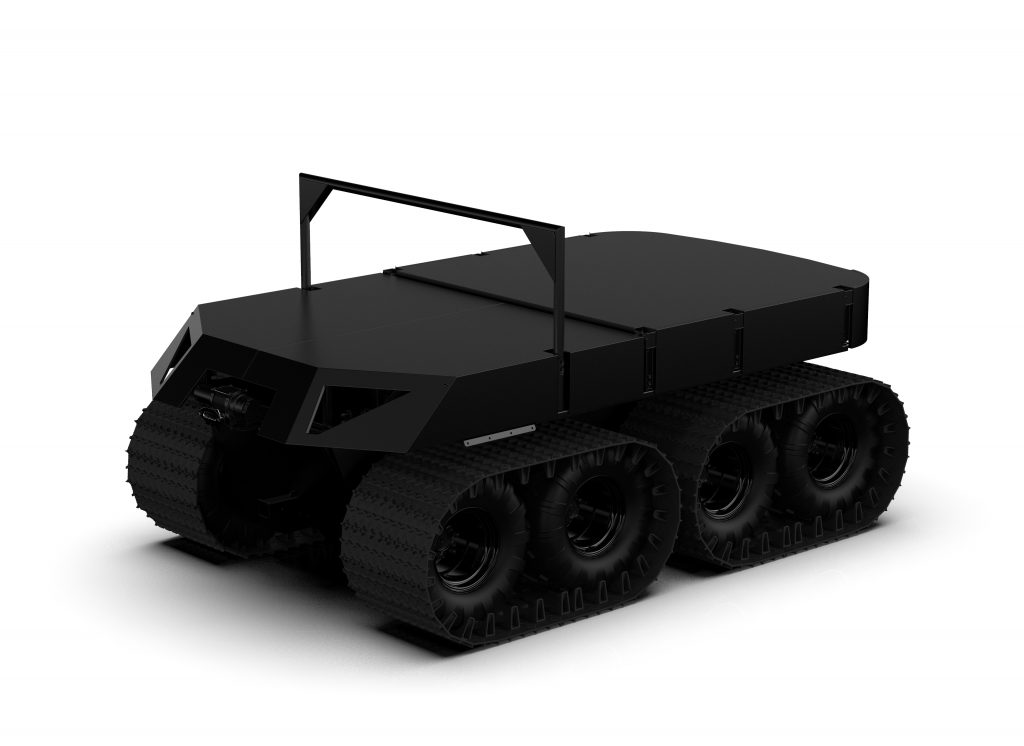Autonomous Action
High stability, precision control, impressive load capacity and the ability to go anywhere. Add to that the pure simplicity of seamless skid steer and pretty much all the boxes for remote, semi-autonomous or autonomous control are ticked. The standard hydro-mechanical control system can be readily upgraded to wireless control allowing the vehicle to be used in a variety of ‘follow-me’, pre-programmed, remotely operated or semi/autonomously guided.

The great benefit is that our vehicle is capable of effortlessly dealing with or recovering from guidance errors that would defeat any other class of vehicle.
[display-posts posts_per_page=”100″ category=” r-autonomous-action” include_excerpt=”true” include_date=”false” orderby=”title” ]

